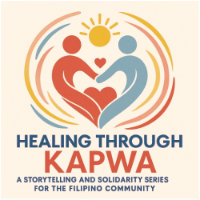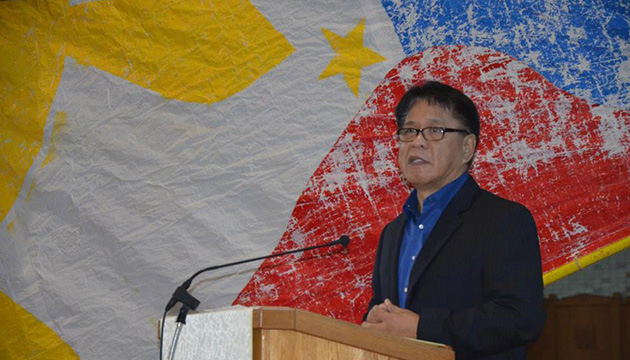Pasasalamat is never lost on the Filipino, no matter which corner of the world you may find him. It can’t be helped – the spirit of thankfulness is hammered into the Filipino child’s head way before his first birthday, what with “salamat po” being one’s rightful response to a parent’s “Now what do you say?” How many goats have been slaughtered and pigs turned to lechon in thanksgiving for graduating from college or for passing the nursing licensure exam?
From childhood comes the long list of fiestas mostly concentrated in the summer months of April and May in thanksgiving for bountiful harvests whether rice, vegetables, fish or seafood.
For example, the feast of San Isidro Labrador, patron saint of farmers, is celebrated in the agricultural regions of Rizal, Laguna, Bohol and Quezon. The colourful Pahiyas Festival in Lucban, Quezon likewise celebrates the annual harvest honoring San Isidro Labrador. Every house is adorned with produce and colourful kipings (dried rice dough) arranged to depict flowers, animals and chandeliers.
Patron saints of fishermen, Saints Peter and Andrew, are celebrated among fishing communities in Pangasinan. The Pista’y Dayat is a thanksgiving festival held annually in Lingayen, Pangasinan for a bountiful harvest and fishing from the sea.
Anyone who has found himself in the Philippines during the month of May would not miss the Flores de Mayo (Flowers of May) which is celebrated almost everywhere in the country as a reflection of the largely Catholic Filipino devotion to the Virgin Mary. The month-long celebration is replete with pomp and pageantry with colourful Santacruzan processions of young women representing saints, biblical figures and the Marian titles. The Santacruzan is said to have its roots in the Thanksgiving celebration of the finding of the Holy Cross in Jerusalem by Santa Elena (Saint Helena, empress of the Roman Empire) and her son Constantine (Emperor Constantine the Great).
These forms of Thanksgiving festivals weren’t always tied to Catholicism. The Pahiyas Festival, for example, has its roots in the pre-colonial period of the 1500s. The community of Lucban, then called “Maluban”, celebrated as a form of thanksgiving to the anitos for a good harvest of rice, vegetables and fruits. Anitos refer to spirits whether they are deceased ancestors, nature spirits or minor deities.
That food plays a huge part of the celebration is not lost on us either. The kipings displayed during Pahiyas are deep fried into rice chips. The internationally renowned lechon is a celebration staple whether it is served at a fiesta or a wedding reception. The dinner won’t be complete without some version of the pansit whether it’s luglug, sotanghon, canton, miki or bihon.
Here in Canada, the second Monday of October is designated as Thanksgiving Day. European explorer Martin Frobisher began celebrating Thanksgiving in 1578 (43 years before the Mayflower sailed into Massachusetts) to give thanks for his safe arrival in Newfoundland. In 1957, Canadian Parliament declared the second Monday of October as “a day of general thanksgiving to Almighty God for the bountiful harvest which Canada has been blessed.”
Canadian Thanksgiving more closely resembles European traditions when harvest celebrations and festivals of thanks take place in October. Similarly most Filipino fiestas resemble those festivals in Spain.
So when Canadian Filipinos sit down at a Thanksgiving dinner in October, whether quietly with a few friends or boisterously partying with an extended Filipino family, whether stuffed turkey is the centerpiece or a lechon or chicken galantina, whether we give thanks for an illness-free life or express gratitude for a second chance at life in Canada, that by bringing family and friends together at the Thanksgiving table we keep the embers of gratitude constantly glowing.
Salamat po.
By Rachel Ramon-Reid for
The CFNet Editorial Board
Contact us at:










